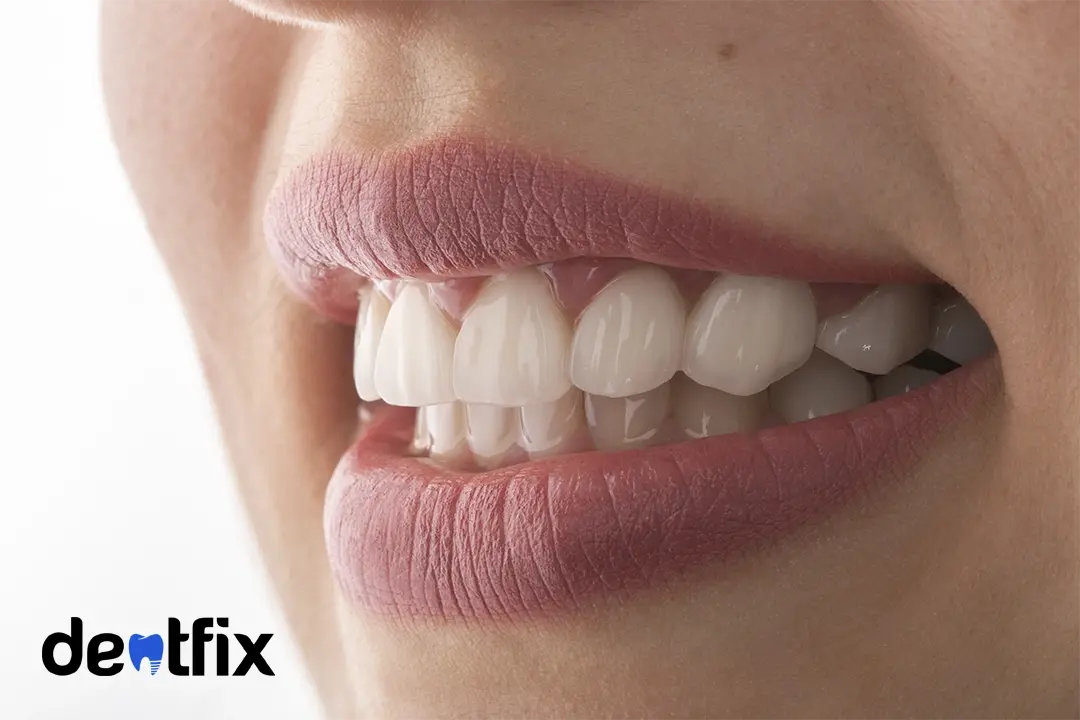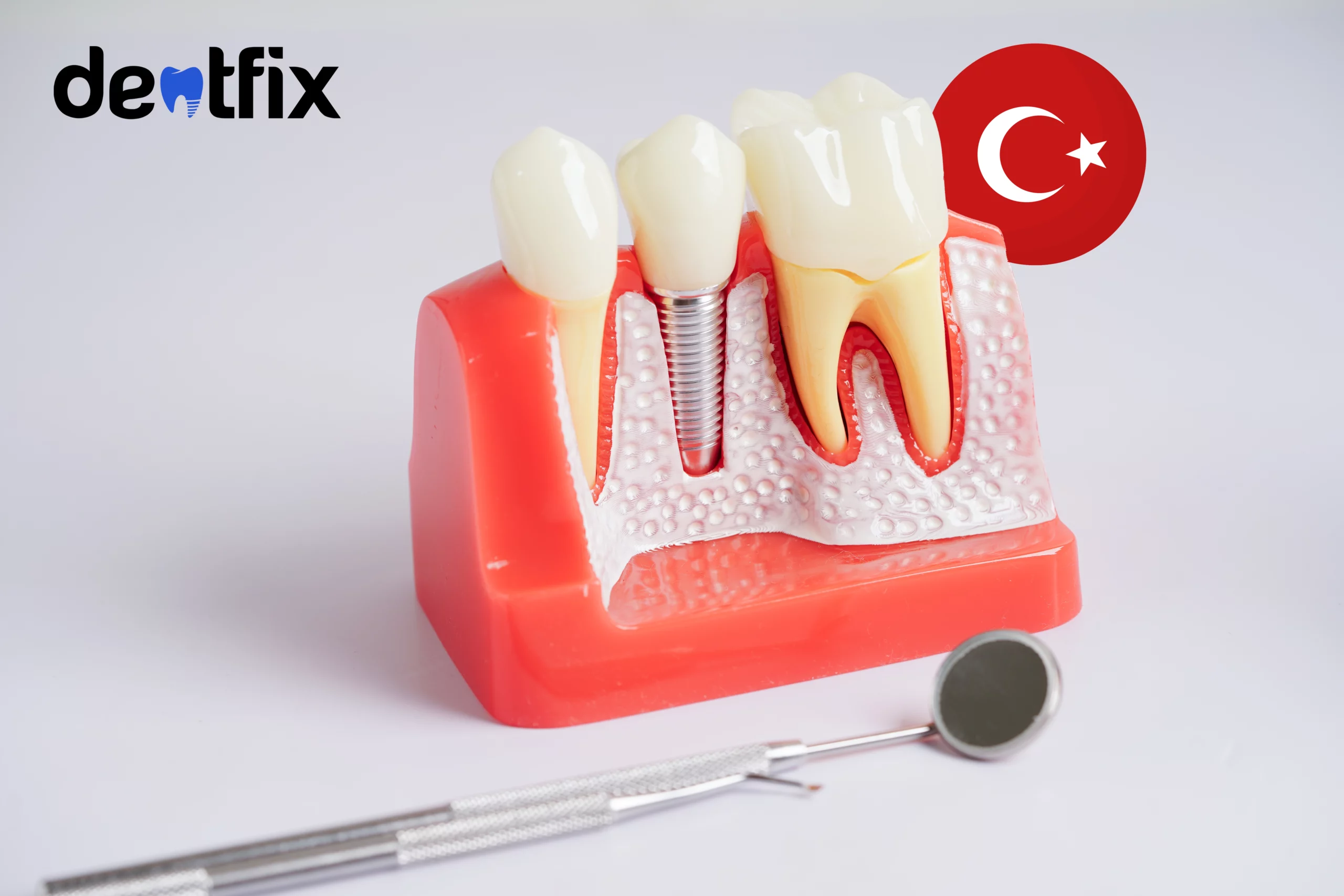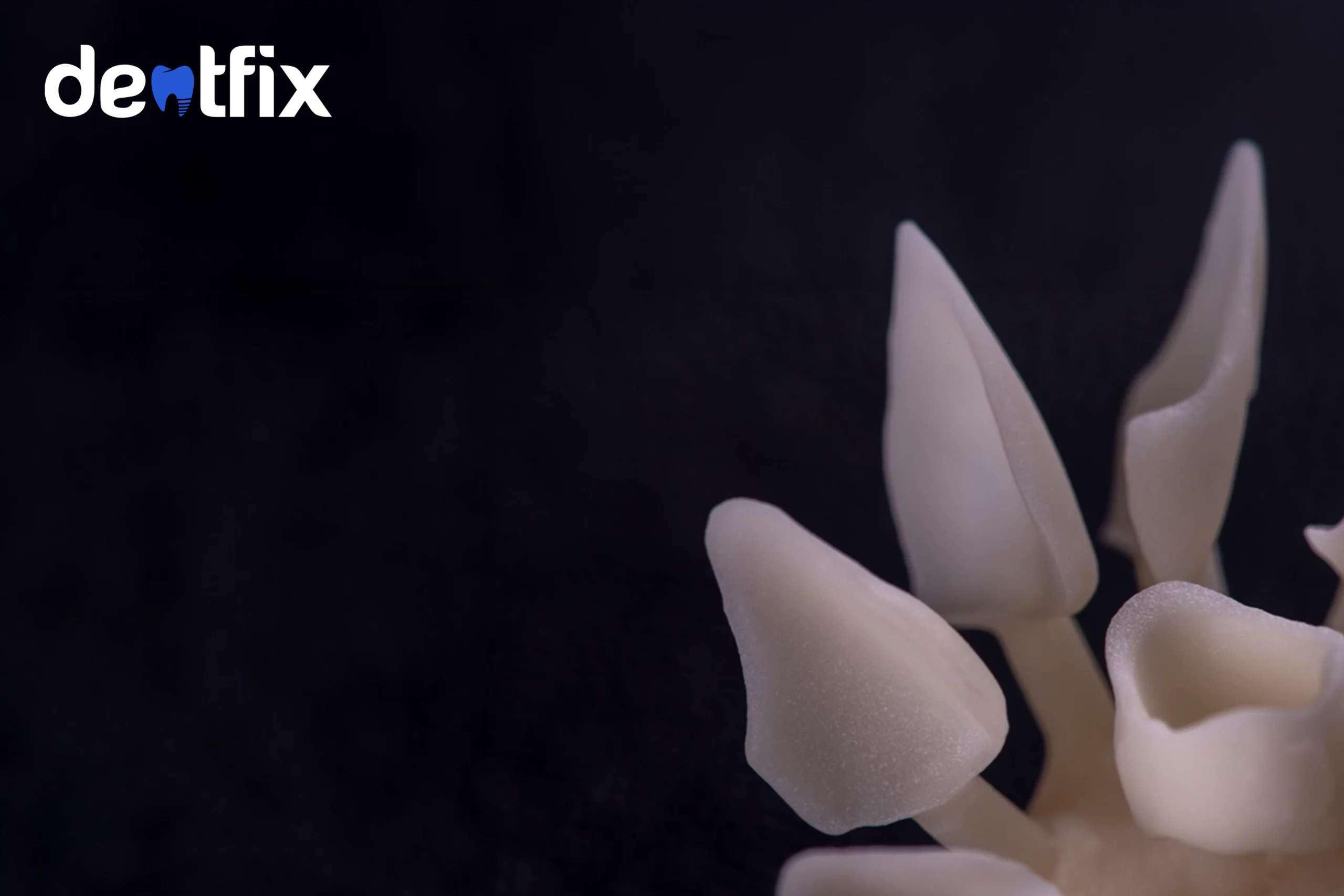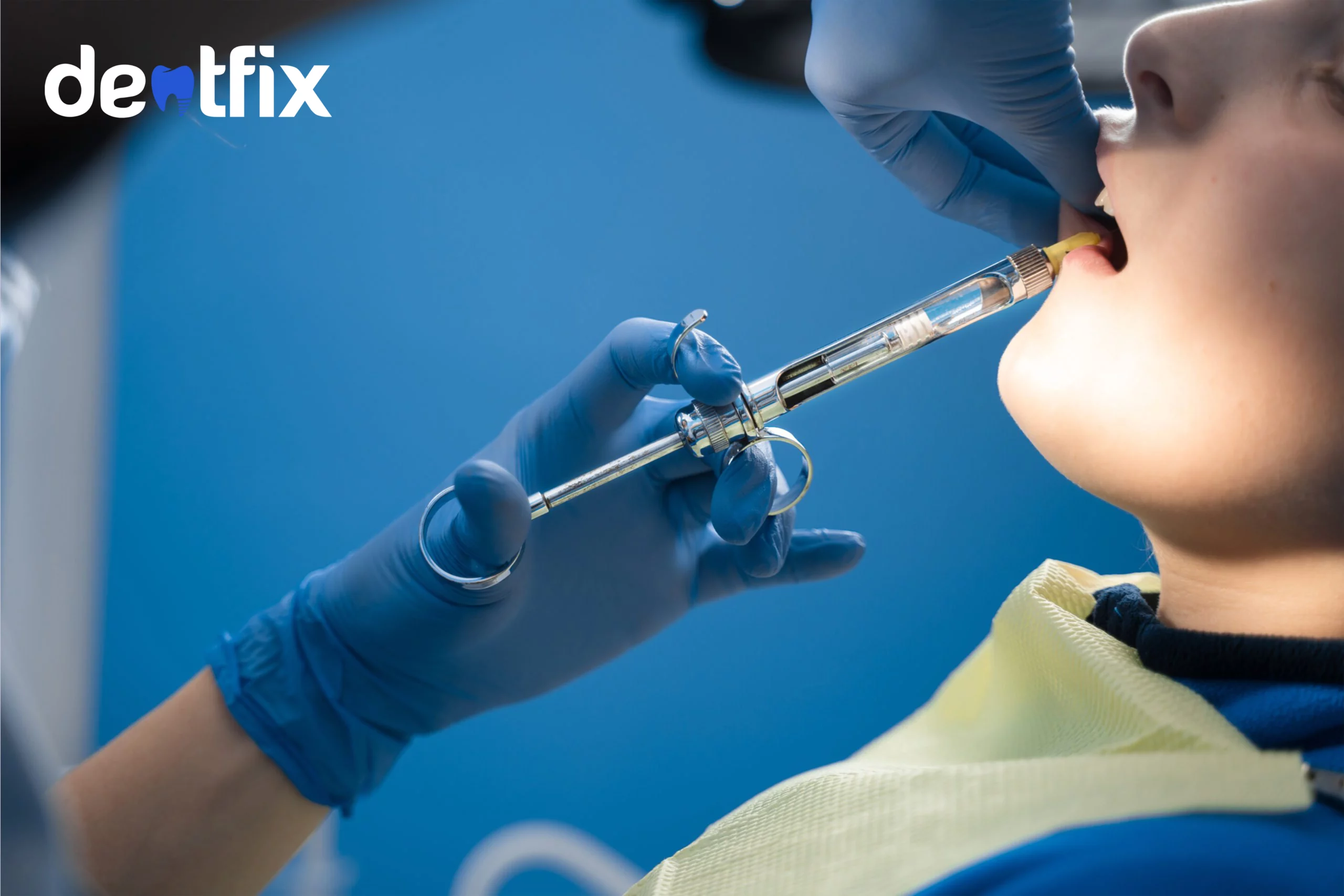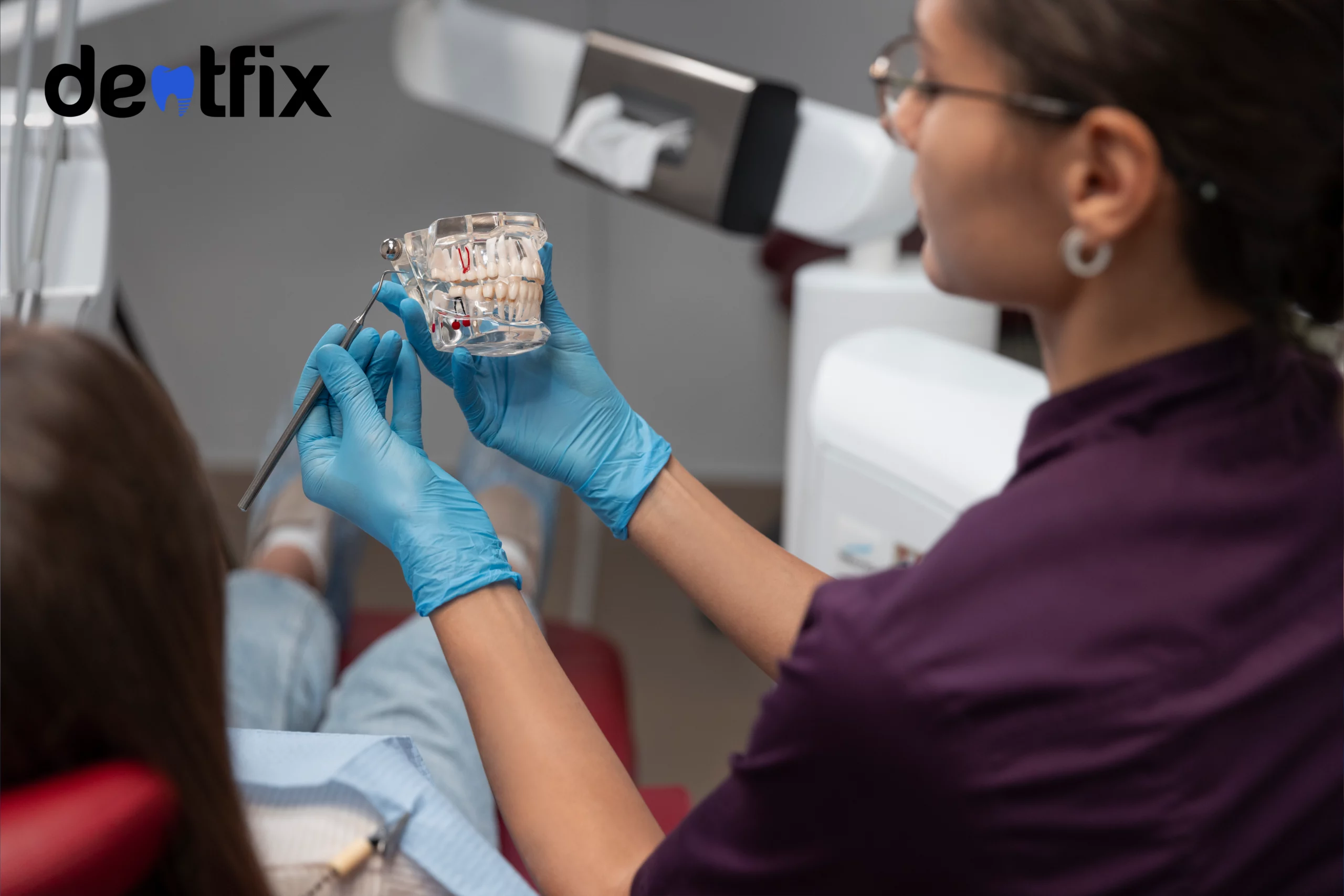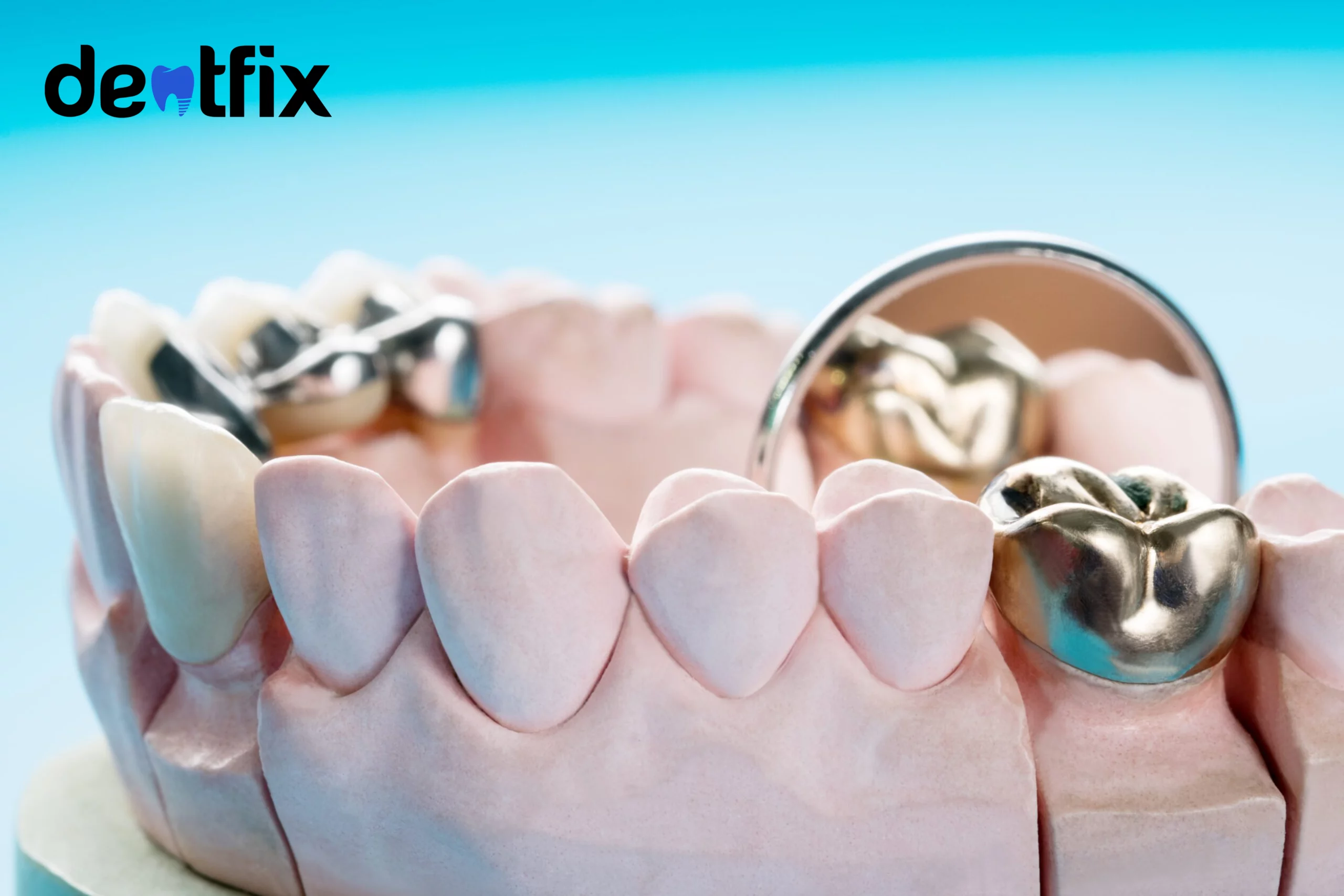Do dental implants and alcohol mix? Whether you are an alcohol lover or just have one drink or two occasionally, if you are planning to go through a dental implant procedure it is best for you to read this article. Getting dental implants is a lengthy and expensive process and the effects of alcohol on that can ruin the whole operation leaving you with complications that you definitely do not want.
So grab a glass of water and let’s read the story of dental implants and alcohol.
How alcohol affects dental implant maintenance and care?
Dental implants are a big investment in your oral health; taking care of them in a manner that they actually last you the time they are supposed to, is the best thing you can do for yourself. Part of the maintenance and care for your dental implants is minding your alcohol intake. How alcohol can affect your dental implant recovery process by affecting different aspects of healing post-surgery. Some of these effects are:
- Reduction of saliva and dry mouth
- Interfering with blood supply to the gums
- Higher risk of gum disease leading to implant loss
- Higher risk of damaging implant-supported restorations
How long to wait before drinking alcohol after dental implant surgery?
The first few days after surgery are the most important when it comes to your healing process. Your doctor will definitely tell you to clear off any consumption of alcohol for at least 3 days. Even after those initial 72 hours, heavy alcohol consumption can bring on complications such as blood clots or excessive bleeding. Typically after 2 weeks, the implant site is fully healed, but that is just the tip of the iceberg.
Underneath the implant post, which acts like the root, will continue to fuse with the bone and heal. This takes anywhere from 3 to 6 months. You can indulge in a glass of wine at dinner every now and then after the 3 days but to ensure you will have a stable implant without any complications, we strongly advise you to lower your alcohol intake as much as you can.
Can I consume alcohol right before the operation?
No! If you are feeling nervous about your dental implant procedure, alcohol is not the answer.
Many complications could come up if you consume alcohol right before the operation. First, there is the fact that alcohol thins your blood and this will cause more bleeding during the procedure. The next problem would be the interference with the anesthetics. If there is alcohol in your bloodstream, it can reduce the effectiveness of the anesthetics. You will need more medication to be numb and not only it is dangerous you will end up with more pain.
Remember!
As always, please consult about your alcohol consumption or any dietary concerns with your dentist as well.
Risks of drinking alcohol after dental implant surgery
It is no secret that alcohol stunts recovery. In this part, we will go through the risks of drinking alcohol after dental implant surgery and why you should avoid excessive alcohol consumption. These are the problems you might encounter.
- Dry mouth
- Bone fusion (osseointegration)
- Blood flow
- Bone death
- Pain aggravation
Now, let’s expand on the risks of mixing dental implants and alcohol and see what the details are.
Dry mouth
Drinking alcohol causes you to have a dry mouth. The lack of saliva in the oral cavity can affect your teeth negatively causing bacterial infections, tooth decay and even leading to gum disease. All of these can affect the integrity of your dental implant and cause implant failure.
Bone fusion
A vital step to having a successful implant placement is how well the bone healing is going. Osseointegration, or the fusion of bone to the titanium post of the implant, will prevent dental implant failure. Unfortunately, alcohol consumption will interfere with the bone healing process. Also, if you have gotten a bone graft to have better support for your implants, consumption of alcohol can prevent the bone tissue to regenerate and bond together properly. This could eventually lead to dental implant failure.
Blood flow
Proper healing takes time after dental implant surgery. During the healing process if you drink alcoholic beverages it would dilate your blood vessels and raise your blood pressure. These effects will cause tenderness and pain in your gums. There might be bleeding as well.
Bone death
Bone death, also known as avascular necrosis, is when the new bone cells can not come together and make new bone tissue. Even the existing bone tissue will start to die when essential nutrients can not reach the healing site. Alcohol consumption eventually can impair the body’s ability to heal properly after surgery and cause bone loss which will decrease the success rate of your dental implant.
Pain aggravation
Alcohol is known to have many interferences with medications. It could reduce the effectiveness of medications you are using especially during the recovery time you might need to use pain medications. You will need a higher dose of pain medication and that will negatively affect your liver. Not to mention your dental implant site will be in more pain.
After reading all of these risks maybe reconsider having alcoholic drinks for a while. At least until you are fully healed. All this said brings us to the next part of the article you might find on the happier side.
Tips for drinking responsibly with dental implants
We will not leave you high and dry. Instead of excessive alcohol drinking, we will give you some useful tips for you to drink responsibly with your dental implant.
- If you can do not drink alcohol
- Switch to non-alcoholic beverages
- Maintain a good oral hygiene routine
- Use non-alcoholic mouthwash
- Keep up with your regular dental checkups
We do not want to sound like a broken record, but we have already mentioned how alcohol can negatively impact your dental implants. Here is the best tip for you: Alcohol in general can affect not only your dental health but also your general health in many ways. So, it is best to steer clear of any alcoholic drinks. Switching to non-alcoholic beverages can be helpful by not mixing dental implants and alcohol consumption.
With that said it is best to switch your oral hygiene routine as well. You can start by using non-alcoholic mouthwash if you are using an alcoholic one. Other than your mouthwash having a good oral hygiene routine will help prevent any future complications.
Last but definitely not least make sure to go for your dental checkups. Regular dental checkups will help you and your dentist to prevent any complications as soon as they might appear. As it is famously said, “Prevention is better than cure“.
Resources:
Carr BR, Boggess WJ, Coburn JF, Chuang SK, Panchal N, Ford BP. Is Alcohol Consumption Associated With Protection Against Peri-Implantitis? A Retrospective Cohort Analysis. J Oral Maxillofac Surg. 2020 Jan;78(1):76-81. doi: 10.1016/j.joms.2019.09.004. Epub 2019 Sep 16. PMID: 31606390.
